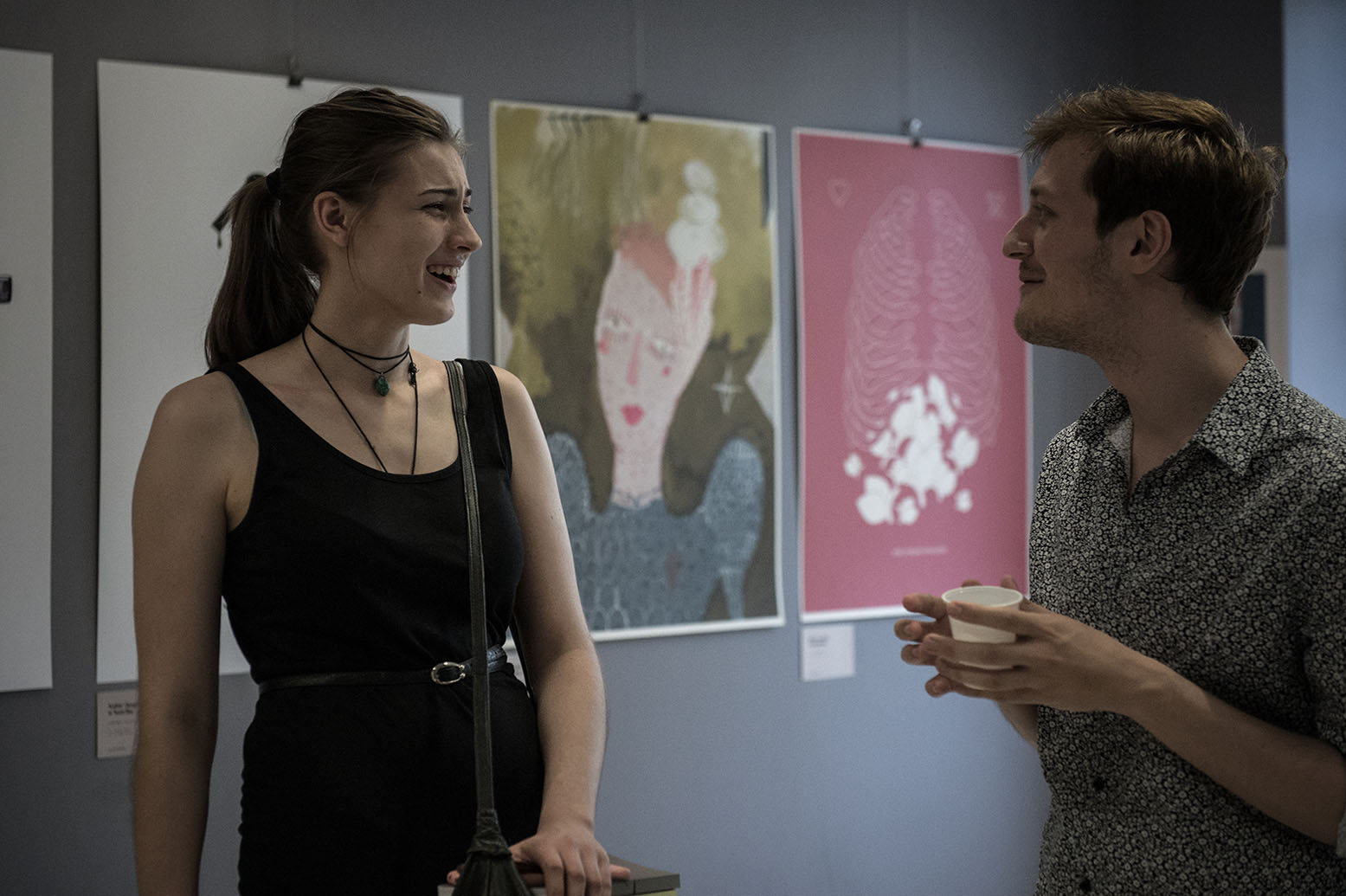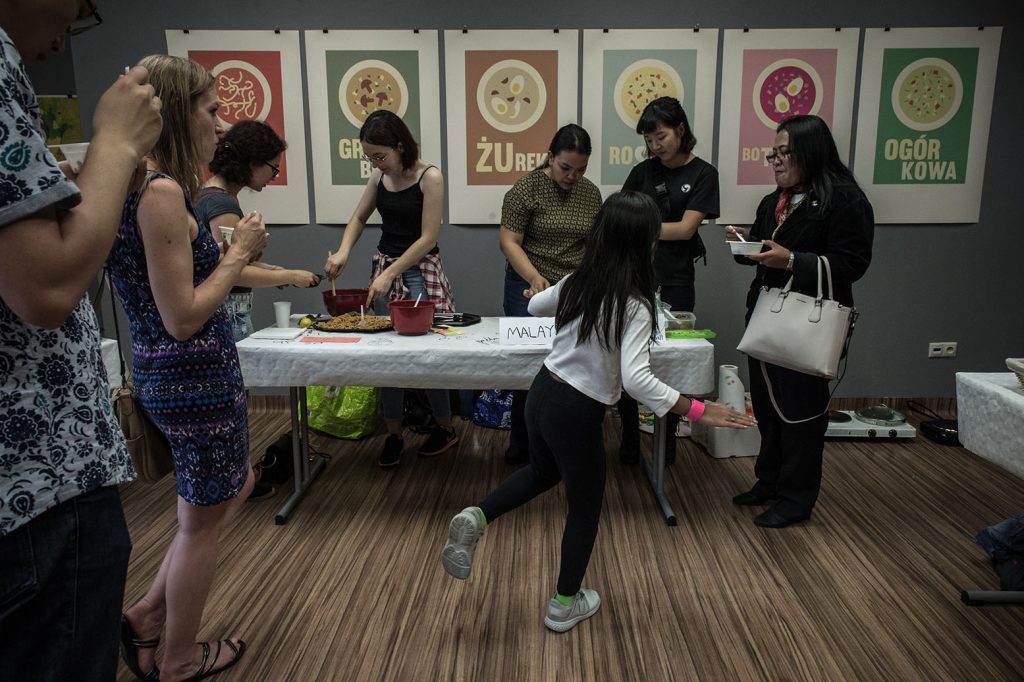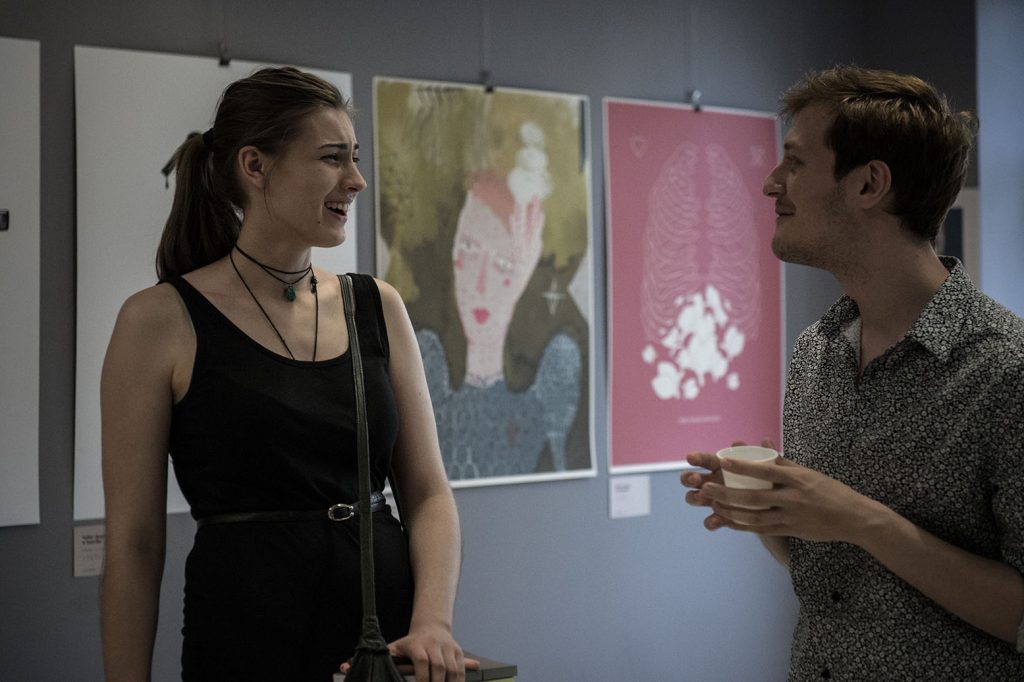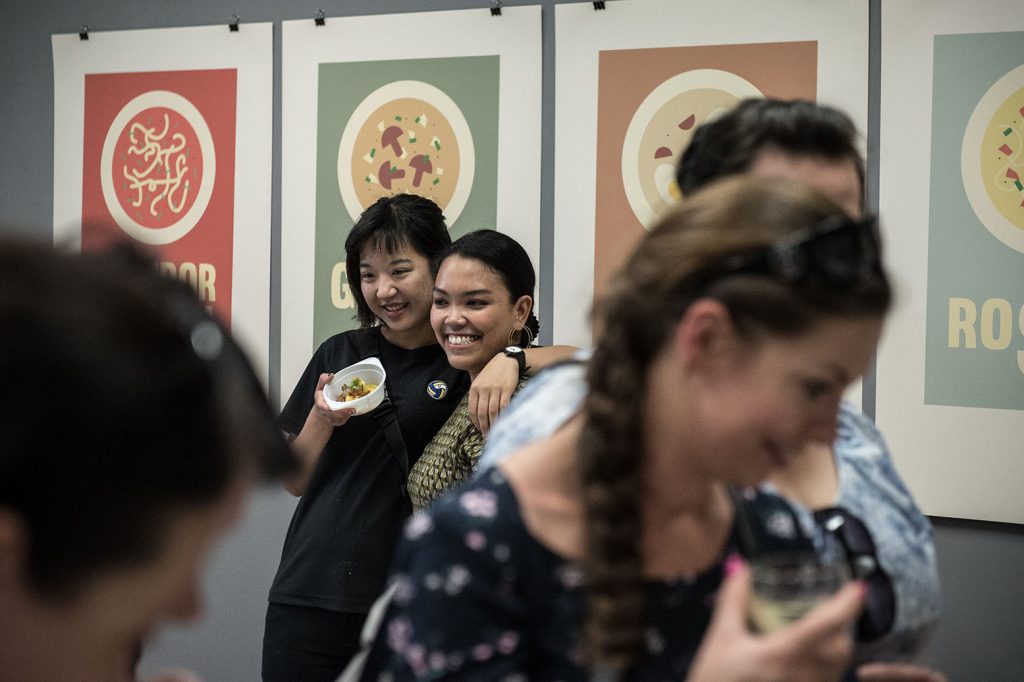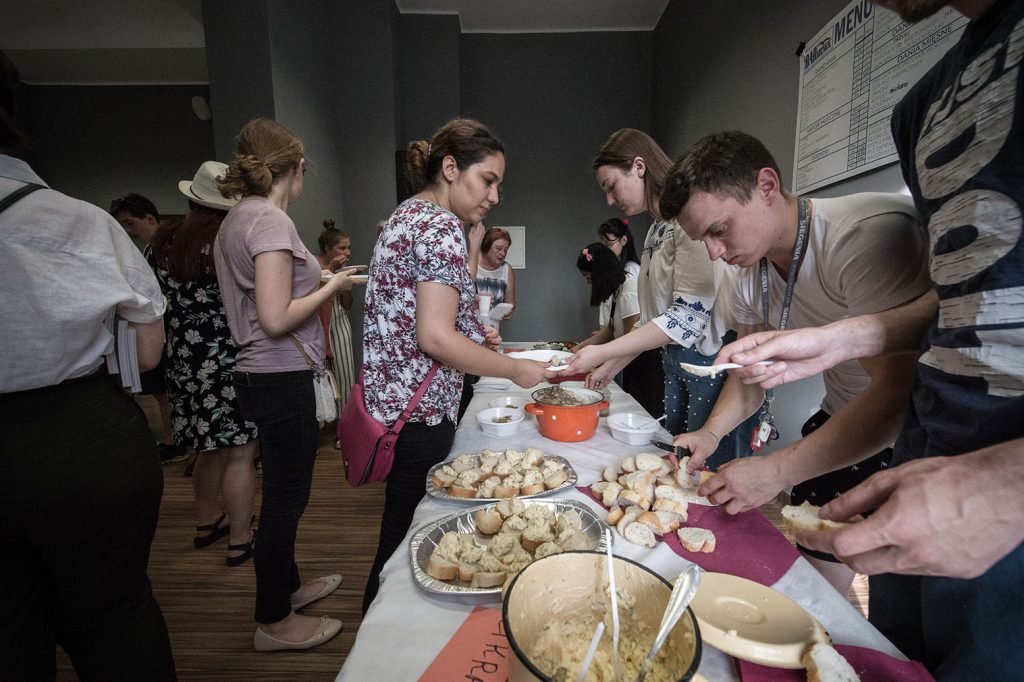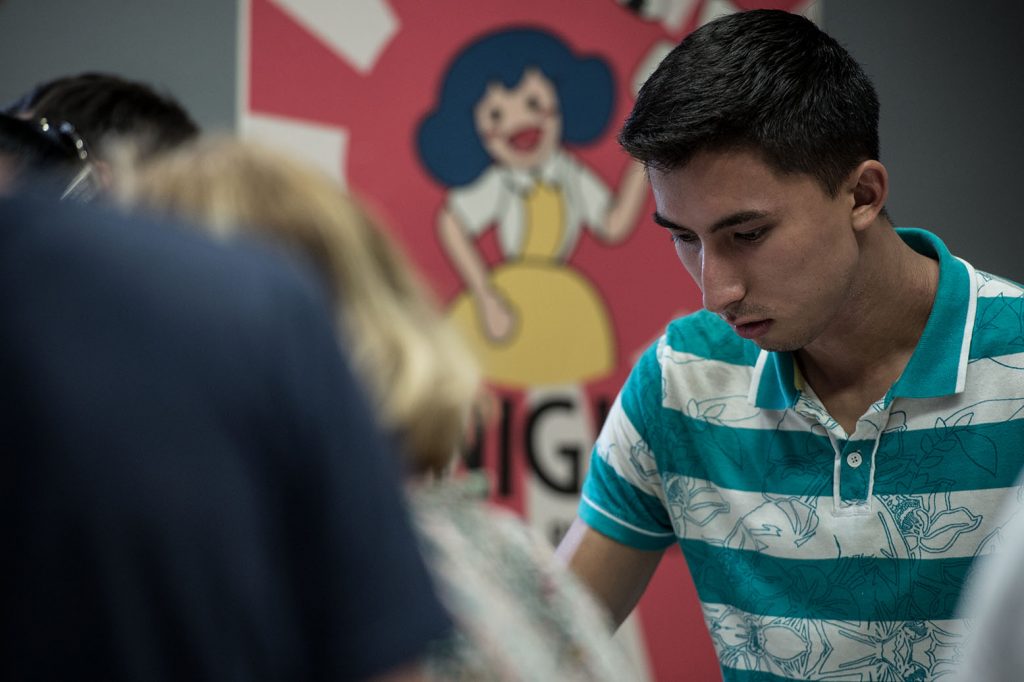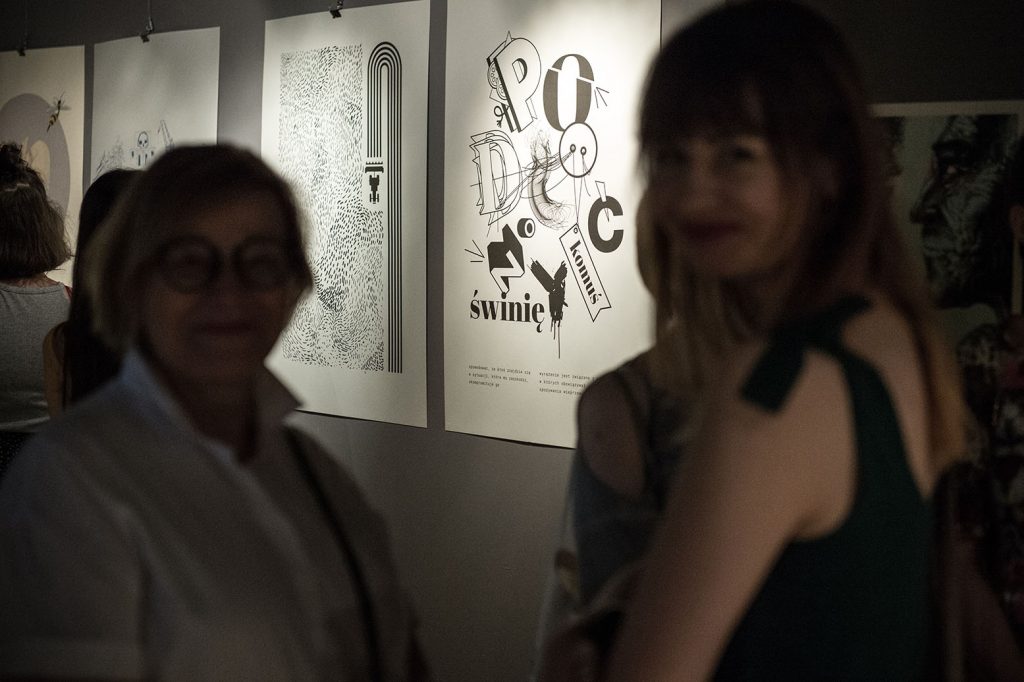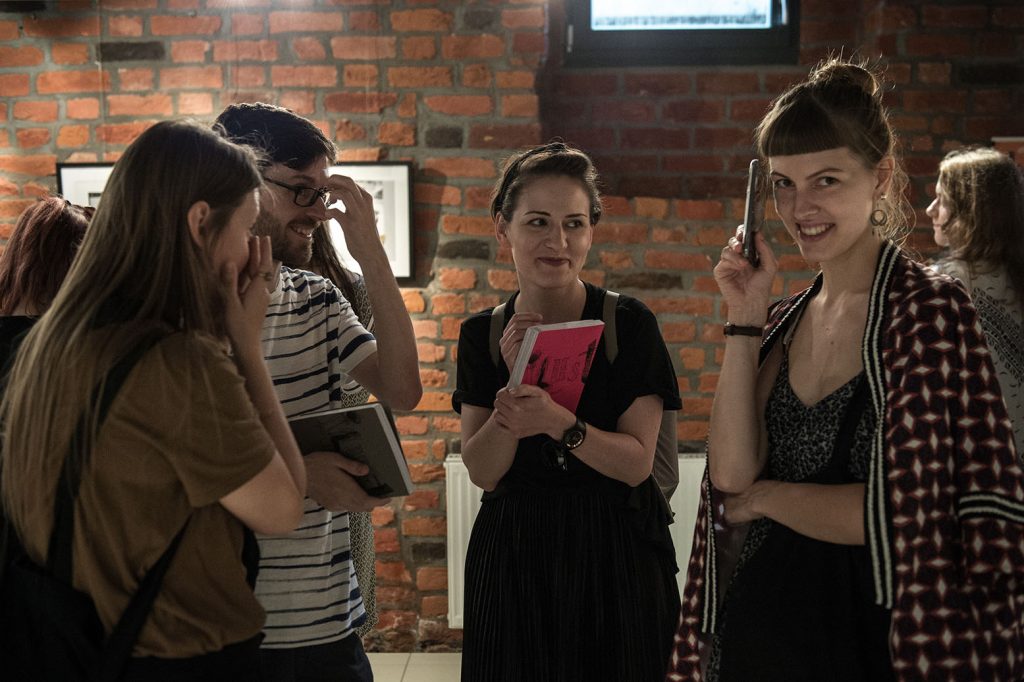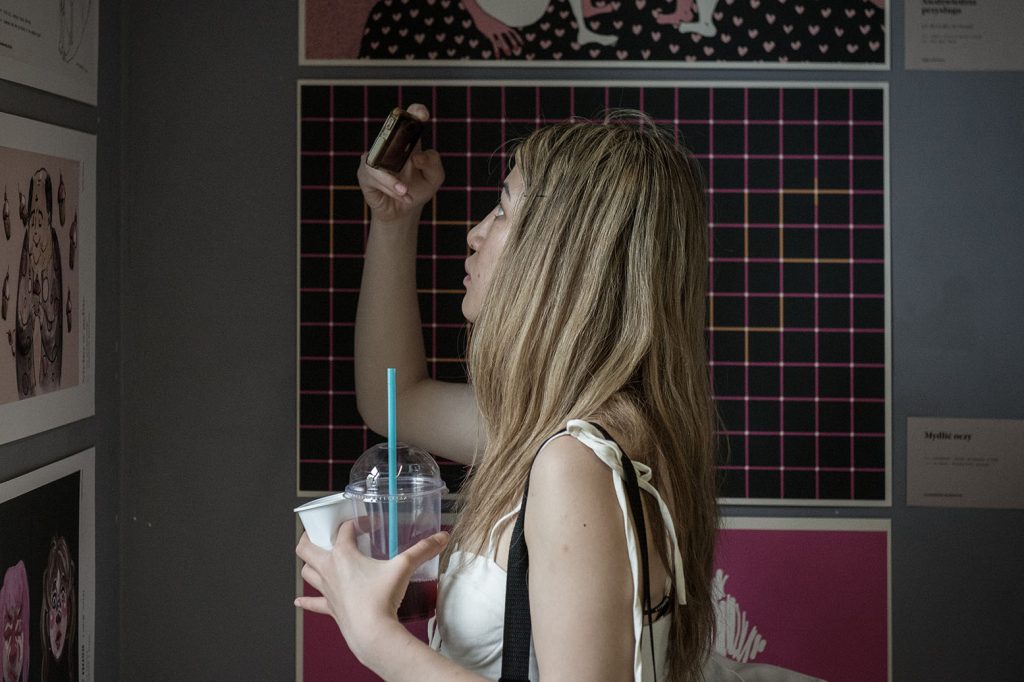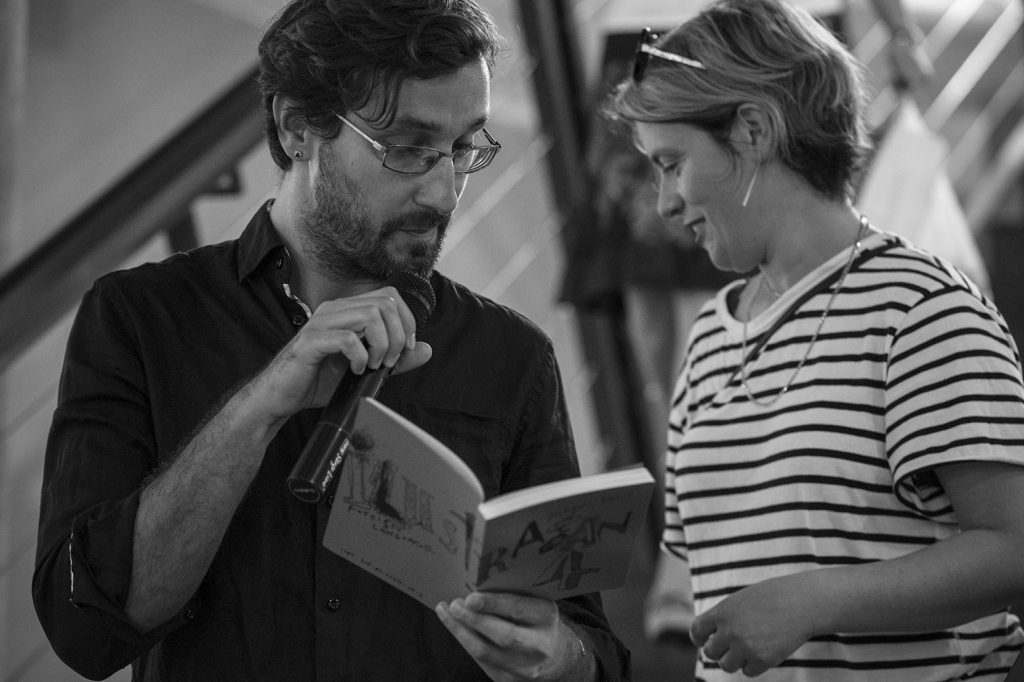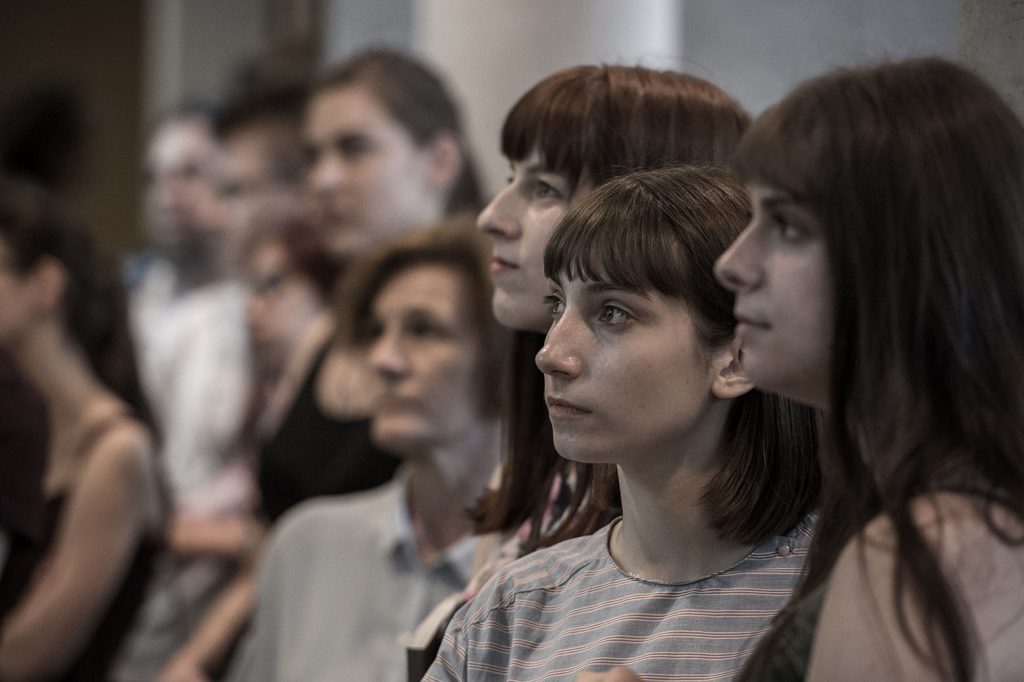Idea
In the 4th edition of ‘Ilu-stall’ we move to a real bazaar on the crossroads of trails. The world becomes ‘smaller’, travelling is easier than ever and increasingly interconnected geo-political situations can both encourage and force peoples to relocate to foreign lands.
The illustration of language and the language of illustration
The University of Opole (UO) and the town, itself a small city, has recently become full of different alphabets and languages. Even quite similar ones, such as Ukrainian and Russian, utilize different signs. It is a challenge for an artist to work with the topic of the strangeness – perhaps one own’s prejudice and stereotypes. The ‘foreign language’ constitutes the main theme of this book. How important is the language in understanding the other? How significant is the language, how is it graphically represented? How we perceive different languages and how we imagine them and how our language is transformed under their influence?
The phenomenon of communication in general may be interesting to the artists – especially in the visual aspect. The linguistic and typographic landscapes of our cities change rapidly. We can see how the existence of different groups manifests itself there. Sometimes it shows the rivalry or it indicates humble territory marking with a subtle ‘we are here’ in the form of a banner of a bar or a leaflet about a job offer.
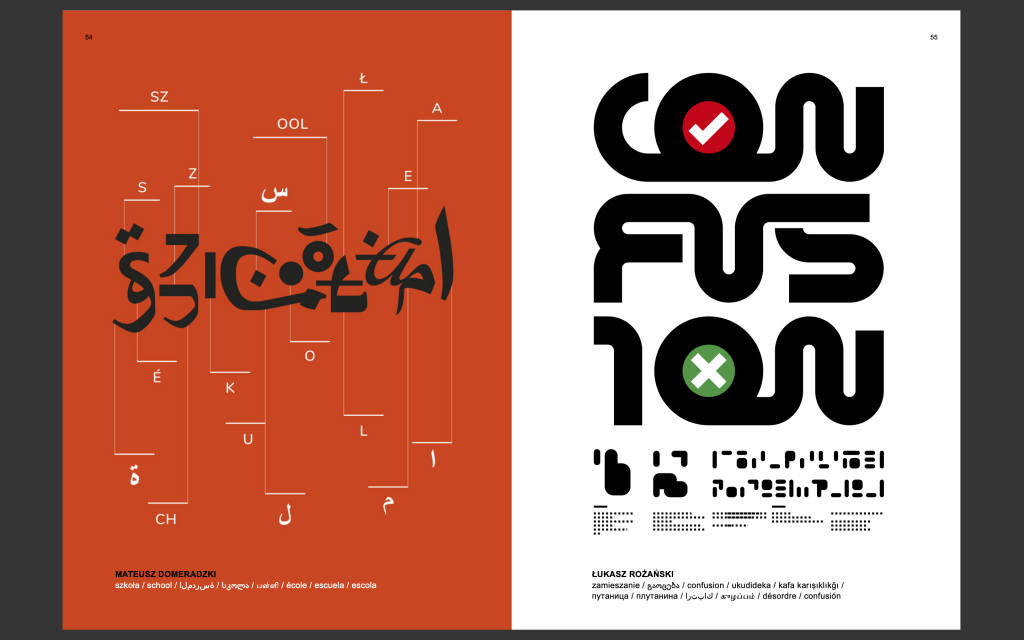
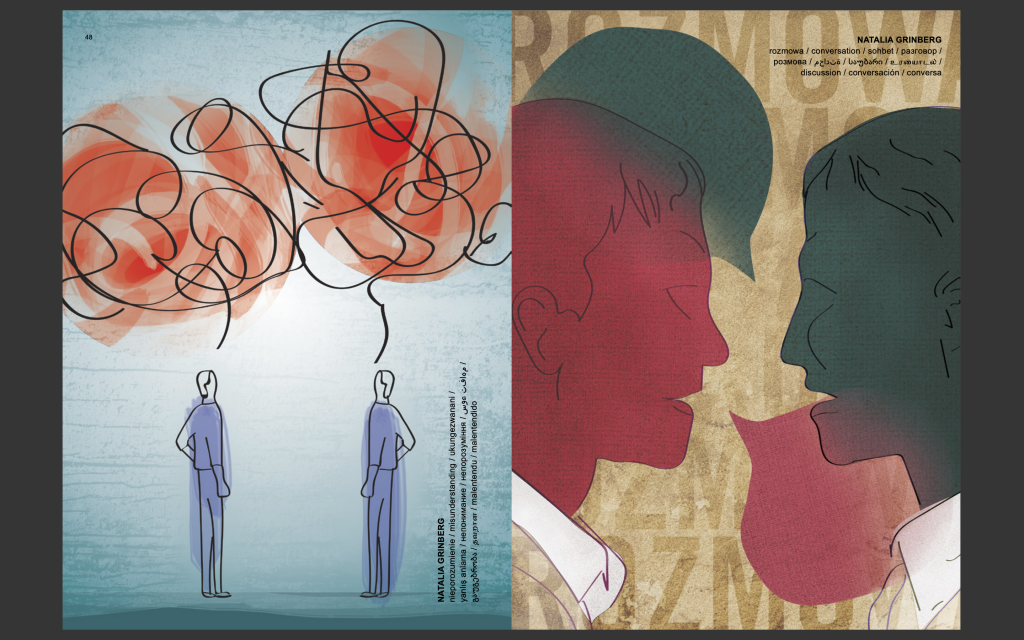
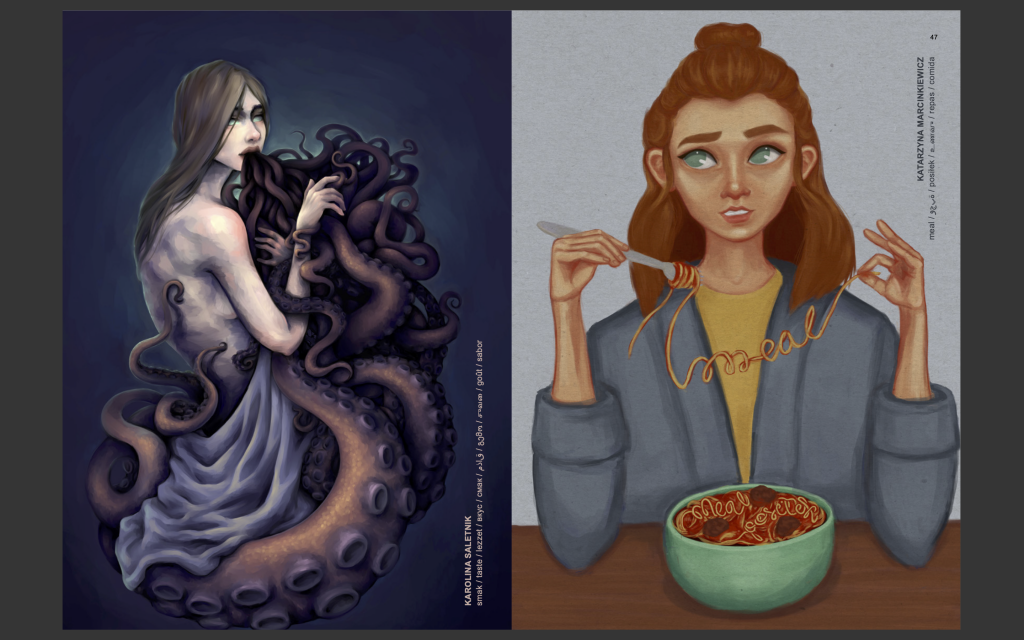
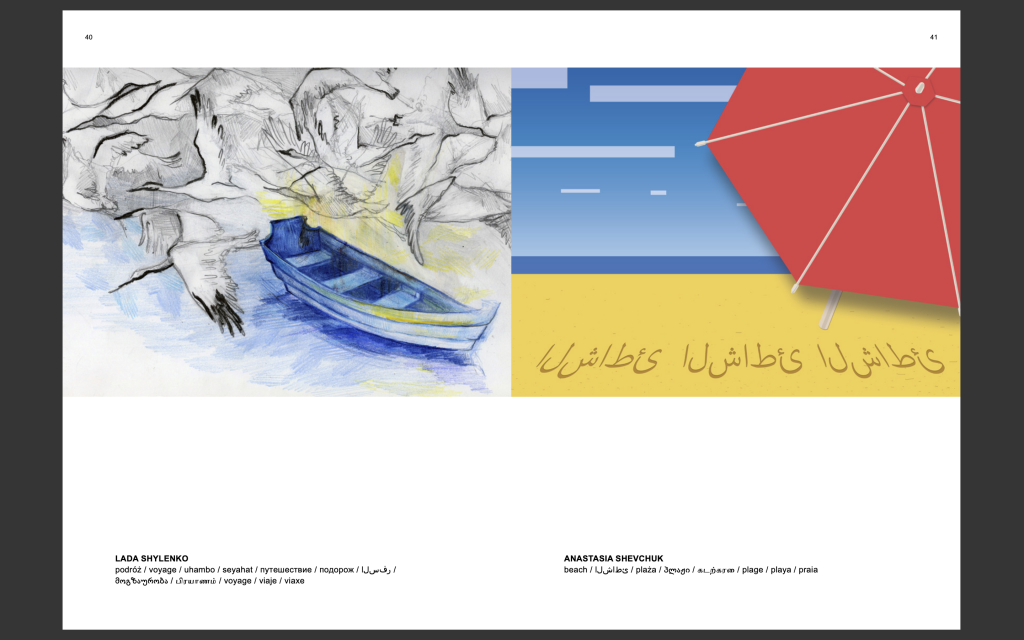
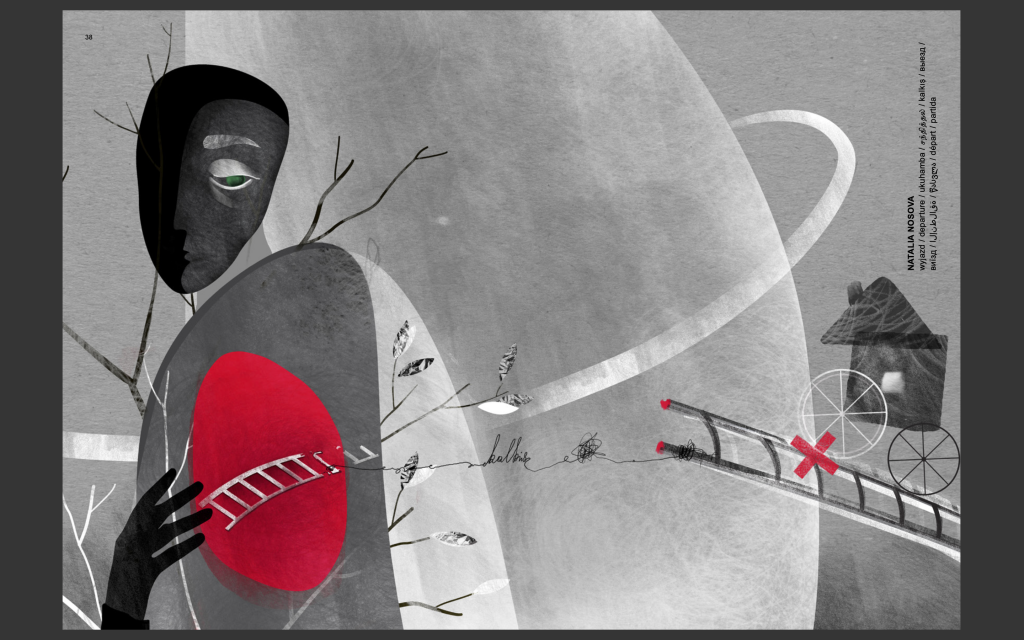
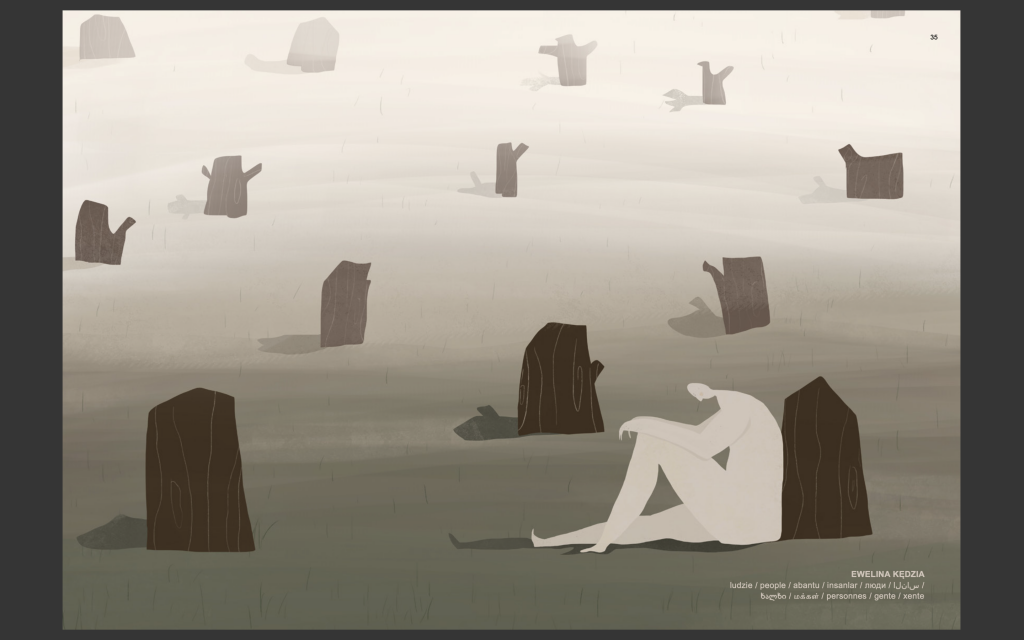
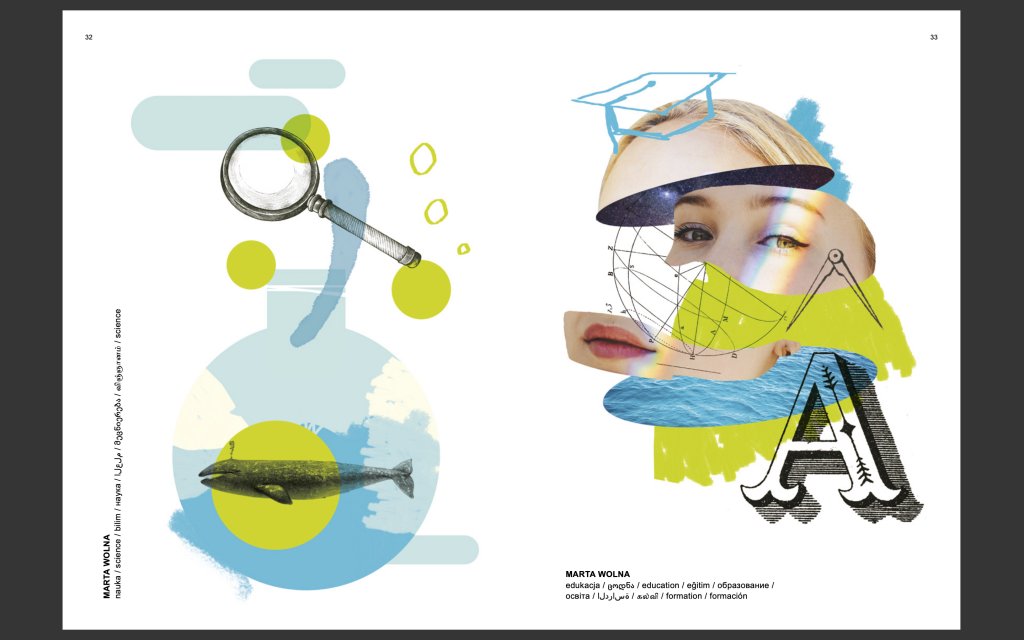
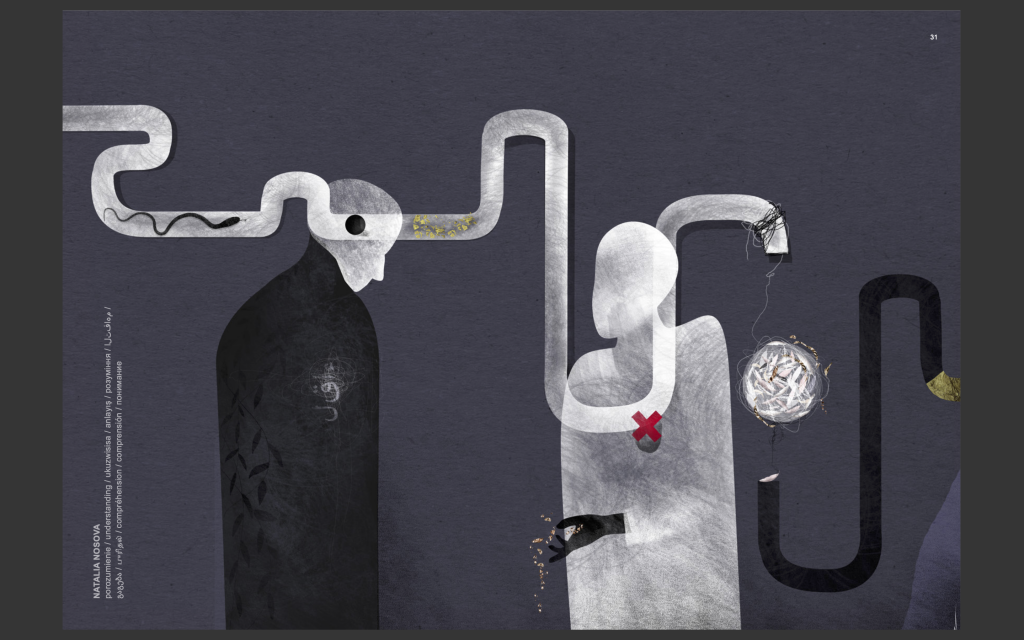
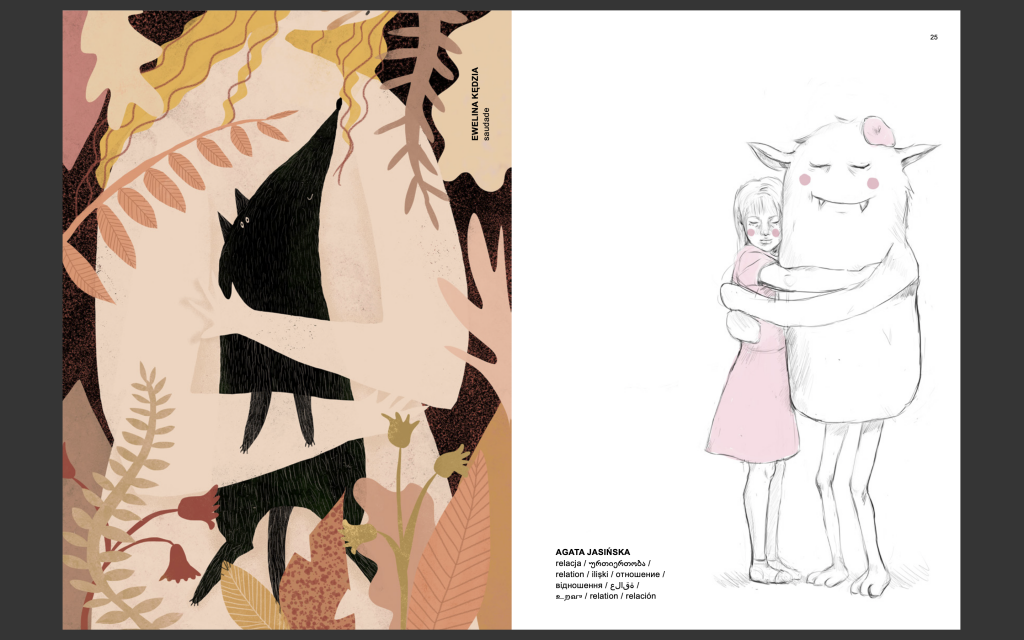
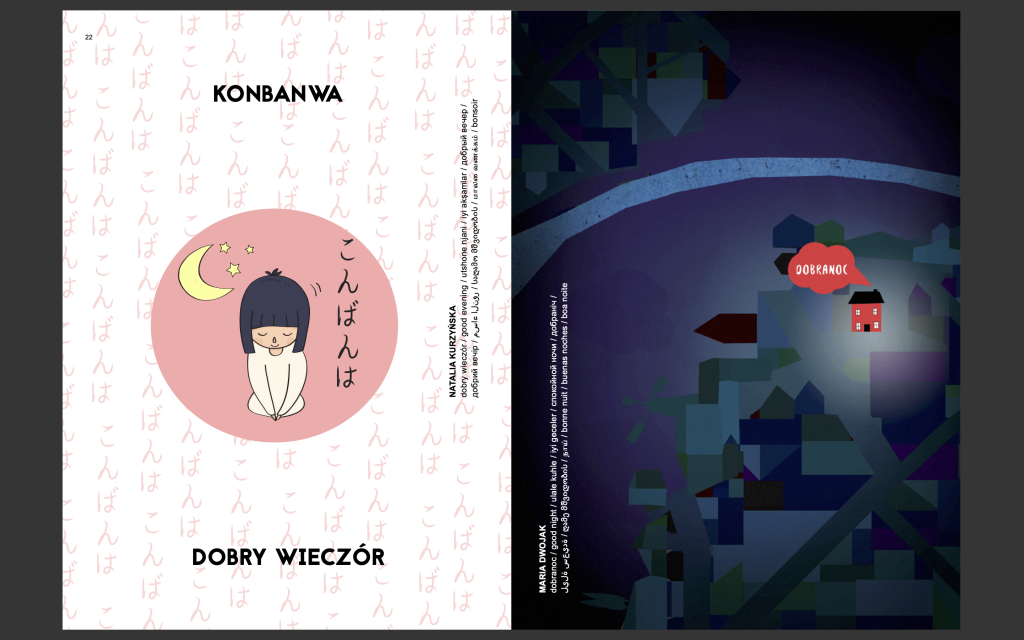
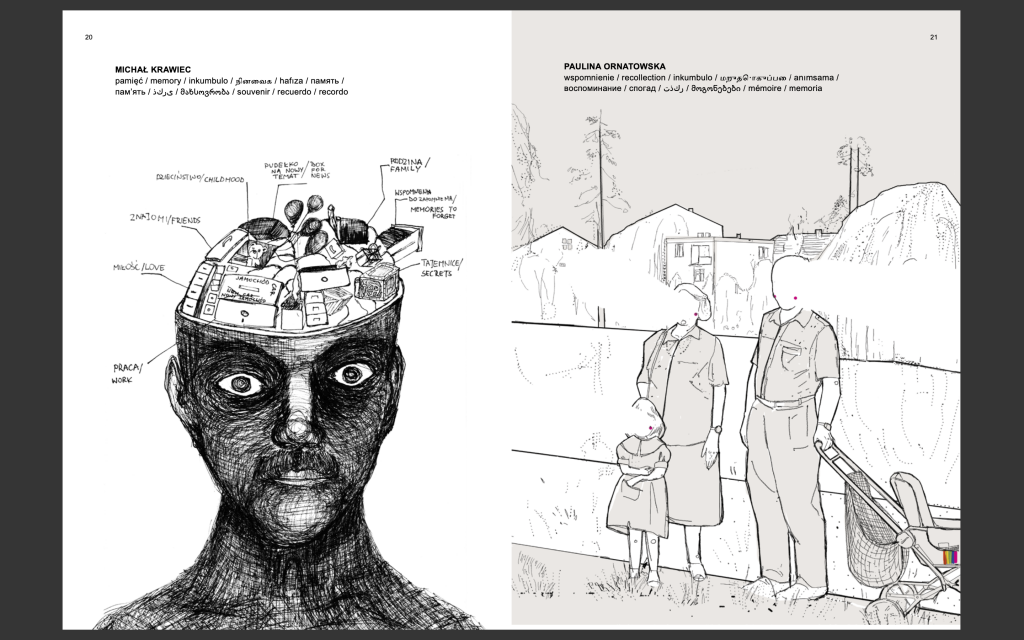
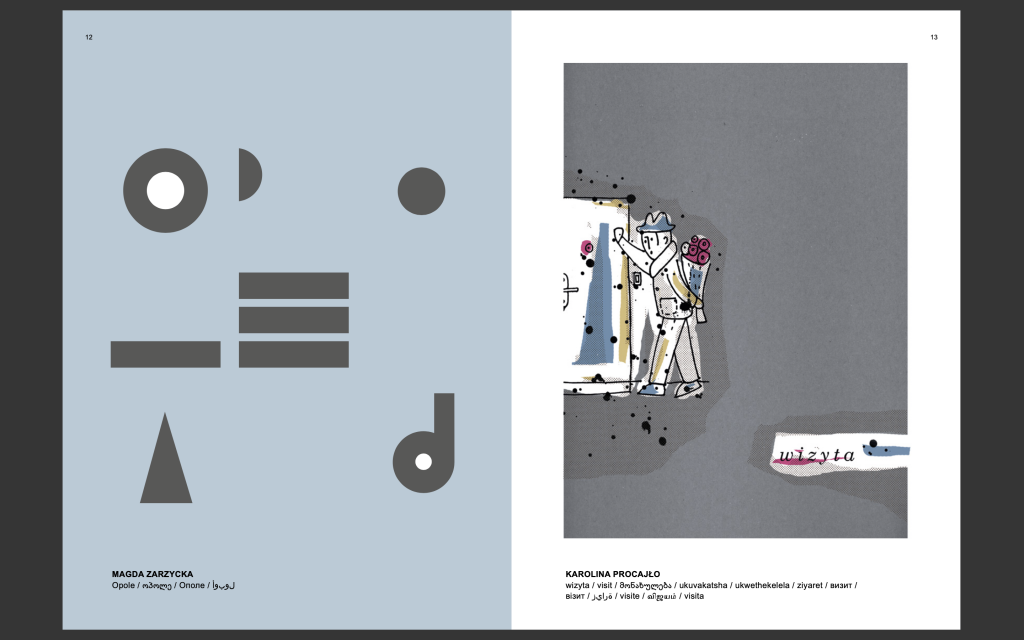
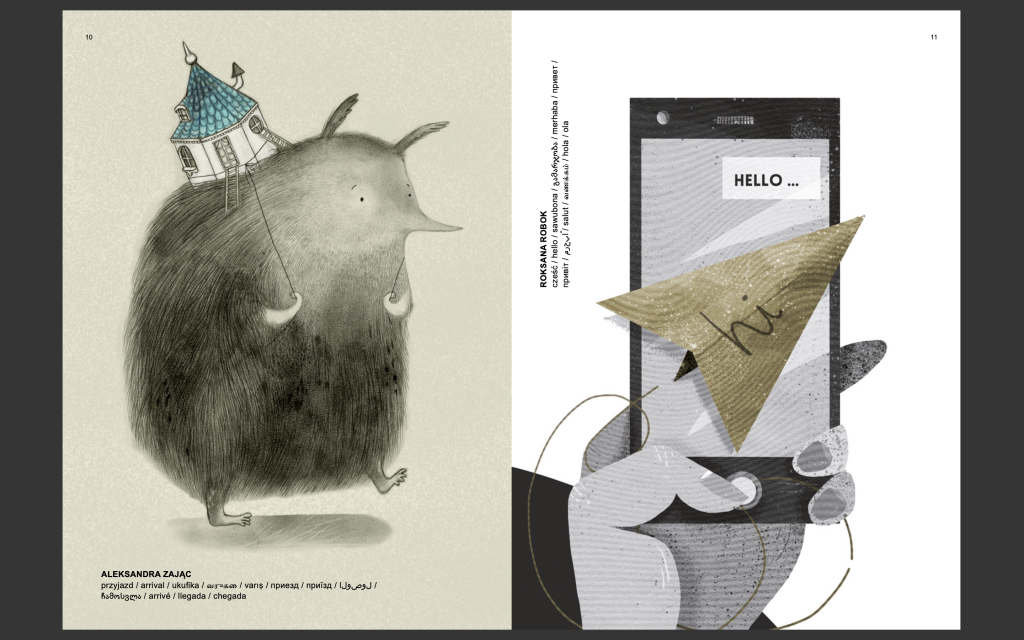
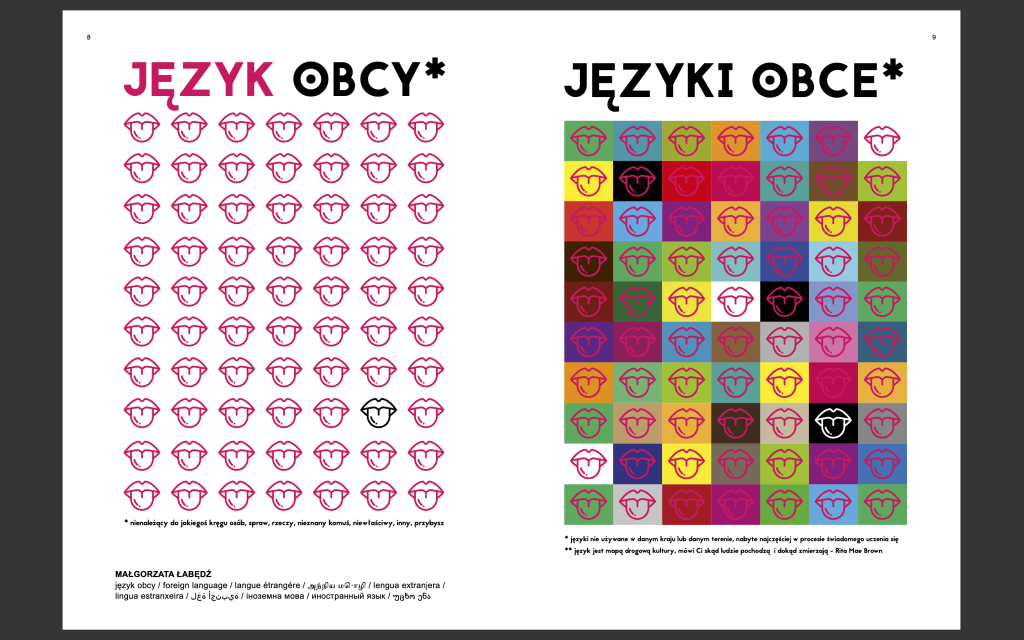
People involved
There is always a human behind the signs, letters or language. This book is an effect of meetings. We did not work with all languages of the world – we selected the ones we happen to have encountered. Students come to Opole from different ends of the globe. We organized series of workshops where our students from a multitude of national, ethnic and linguistic backgrounds shared their alphabets and taught each other.
We worked during the Movable Lab workshops of the intercultural typography together with the sociologists and the students of the Faculty of Art of UO. We visited also the Central Museum of Prisoners of War in Lamsdorf to understand typographical coexistence of cultures in extreme conditions. Our colleagues from Germany, Luxembourg and France were also crucial contributors to this project. We worked with prof. Anna Bulanda-Pantalacci at the department of communication design of the Trier University of Applied Sciences. The workshops we conducted turned out to be fascinating because of the students of the Master’s Program in Learning and Communication in Multilingual and Multicultural Contexts of prof. Gabriele Budach’s at the University of Luxembourg. A similar meeting was arranged at the University of Burgundy in Dijon with the students of Intercultural Management of prof. Alexander Frame’s.

